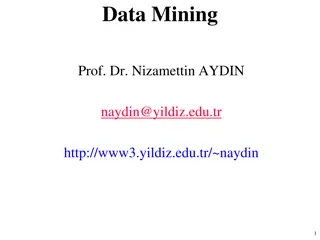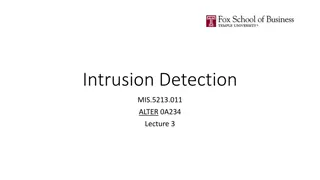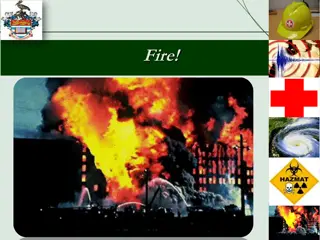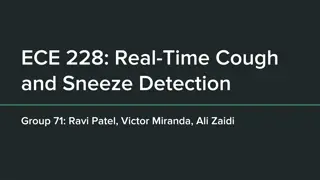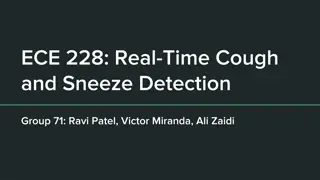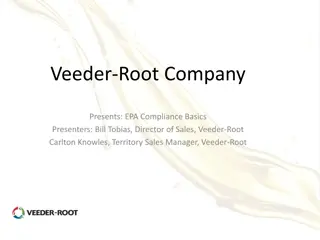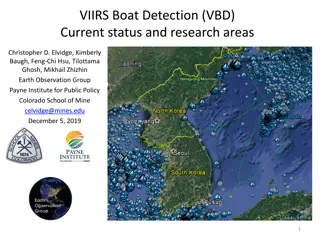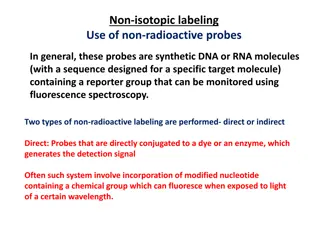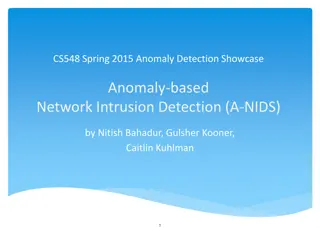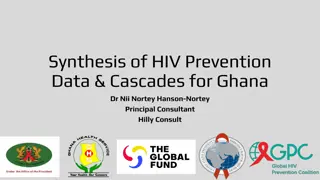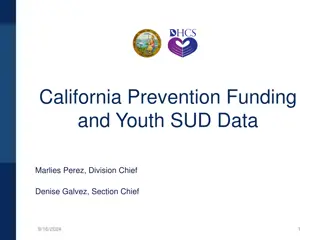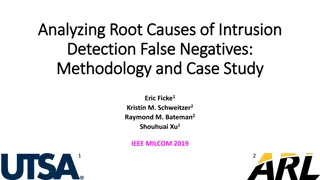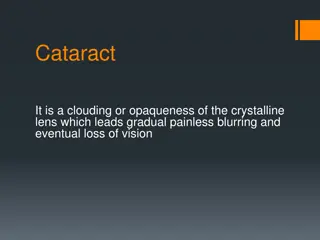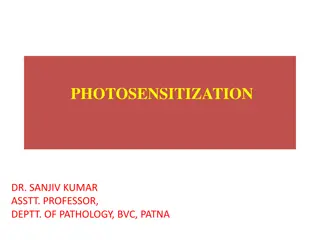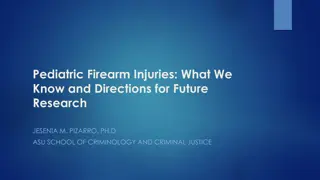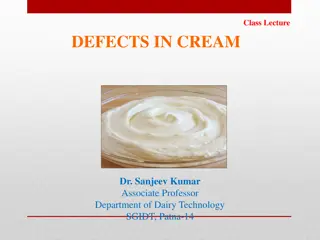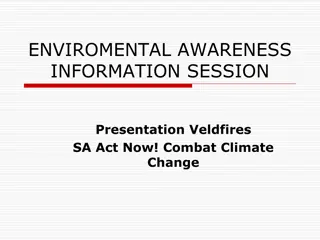Understanding Curbstoning: Causes, Detection, and Prevention
Curbstoning involves fabricating survey data or paradata, leading to significant consequences such as analytical harm and wasted resources. This article explores the reasons behind curbstoning, detection methods, associated costs, and strategies to prevent it, emphasizing the importance of educating interviewers and providing proper support to maintain data integrity.
Download Presentation

Please find below an Image/Link to download the presentation.
The content on the website is provided AS IS for your information and personal use only. It may not be sold, licensed, or shared on other websites without obtaining consent from the author. Download presentation by click this link. If you encounter any issues during the download, it is possible that the publisher has removed the file from their server.
E N D
Presentation Transcript
Curbstoning and Culture Arthur Kennickell Federal Reserve Board WSS, 2 December 2014
Opinions expressed are my own and do not necessarily represent the view of the Federal Reserve Board.
What is curbstoning? Any fabrication of survey data or paradata Entirely fabricated interview Partially fabricated interview Includes answers provide for respondents Unnecessary unit/item nonresponse Distorted paradata Including to exaggerate the level of effort Mixtures Possibly different causes, means of detection or remedies
Why do we have curbstoning? It doesn t matter I can get away with it I m desperate Limited understanding of the consequences Antisocial impulses Fleas (thanks to Kristen Himelein for the Tajikistan story) Same as other cheating/shirking at work? Differences in possibilities for monitoring
How do we detect it? Review data Systematic checks of data and data patterns Paradata Panel data Sampling for call-backs Paper trail on incentives All expensive We are relatively weak in this area
What are the costs? Analytical harm Can lead to harm to individuals from inappropriate policies based on bad data Wasted money Includes stolen incentives intended for respondents Sometimes harm to respondents, especially in panel surveys What other woman? Potential infection of good actors by bad ones, undermining values General issue of corruption
What can we do? Visible enforcement for violations, but better to avoid this option Education of interviewers Purpose of the work Costs (monetary and substantive) of cheating Costs to potential respondents Be inspiring Elevate the role of interviewers Careful support of interviewers in difficult situations Pay enough that people actually want the job and fear to lose it Use team approach Record random snippets /use GPS Study the cases that become known to understand motivations
The role of culture Culture as a quality assurance/ public health tool Culture operates to motivate people when they are not observable or only weakly observable Culture is the internalization of values/norms/beliefs Healthy culture stigmatizes destructive behavior Good culture rarely emerges by accident, except over very long evolutionary periods Requires a serious focus from all parties to develop and maintain mutual respect and support Culture can support more efficient work as well as human fulfillment




